Neuroscience Experience Testing
When do you need it?
Traditional user testing requires interviews and user tests to uncover improvements and needs. While being fruitful, they are in great part subjective and require for time-consuming manual analysis. As the vast majority of human behaviours and judgments are subconsciously produced, neuroscience experience tests present themselves as a fast and objective means for directly assessing the clients’ full mental world.

of behaviours and judgments are based on conscious thoughts, things you are aware of.

of behaviours and judgments are based on subconscious processes, things that are difficult to self-report.

of buying decisions are based on how the client feels they are being treated.

A client is 4x more likely to turn to a competitor if a problem is service-related rather than price or product related.
Neuroscience experience testing unlocks layers of insights that users cannot tell you
themselves — a new layer of data that can inform the design of digital platforms, physical spaces, and human interactions.
How does it work?
Our usability testing combines classic observation with cognition and emotion-based metrics to zero in on friction:
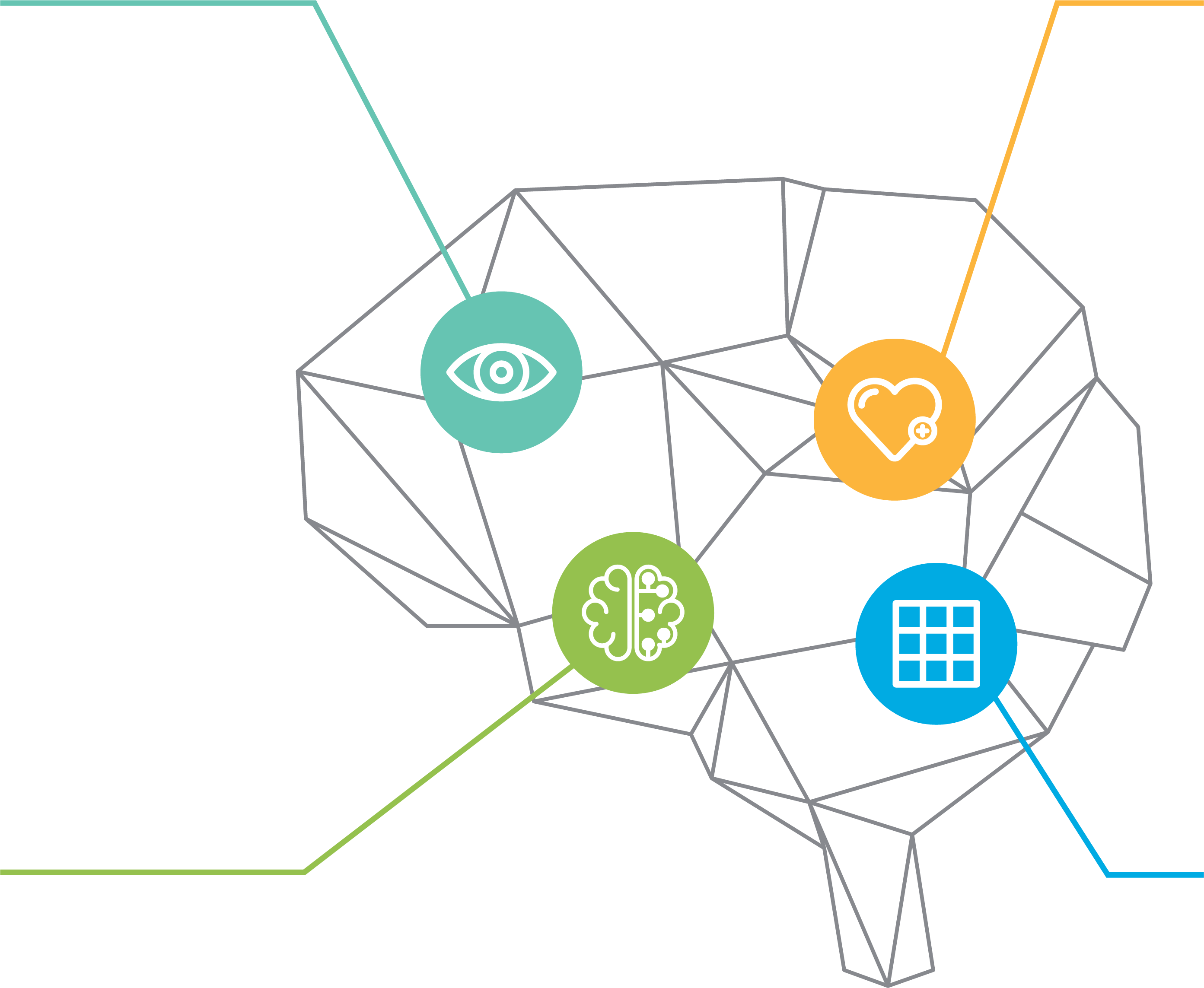
Where do users look? Where do they not look? Eye tracking informs our design teams on where to place components to catch the attention of users in the noisy world of digital interfaces and smartphones.
Based on facial expression, where do users respond positively or negatively? Emotional analysis helps us create experiences that reduce anxiety and stress and introduce moments of delight and pleasure.
How hard do users need to think in order to accomplish a task? Cognitive load tells us which parts of the experience are taxing and difficult, helping us to simplify processes, smooth journeys, and remove friction.
How do all those metrics mesh to form the holistic felt experience? Exclusive aggregation algorithm produces comprehensive and easy-to-understand visualizations of the entire user reaction.
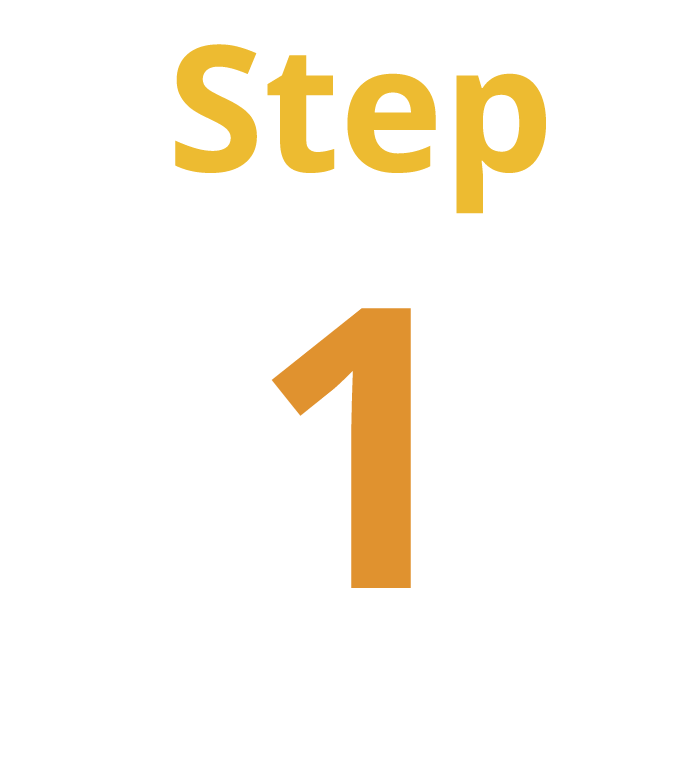
Develop your research question. This is either a design problem that you want to solve, or a baseline test of your experiences to identify areas of friction and opportunity areas. We can test mobile, desktop, physical space, and human interactions.
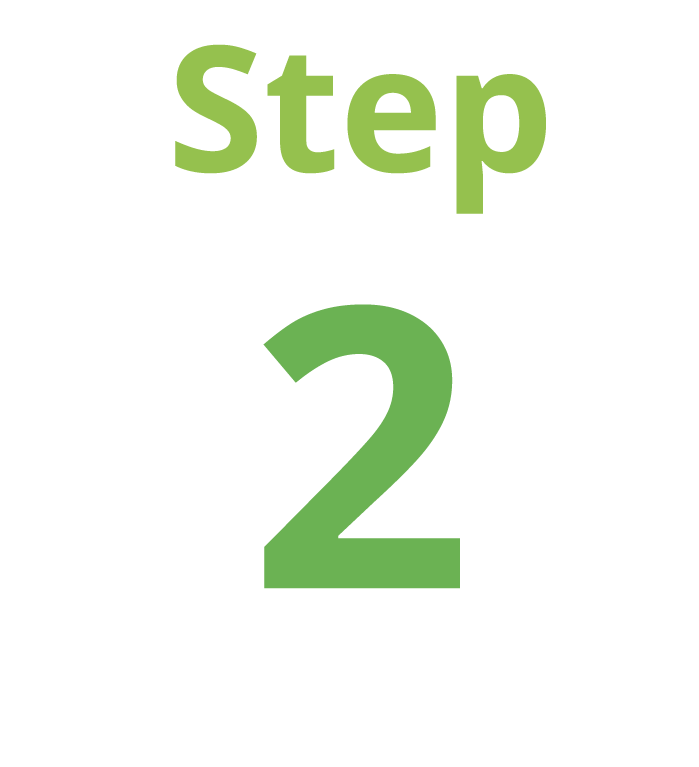
We work with you and the lab team to design tests. This includes mapping the areas of interest on your platforms, scripting scenarios and tasks, and writing interview guides.
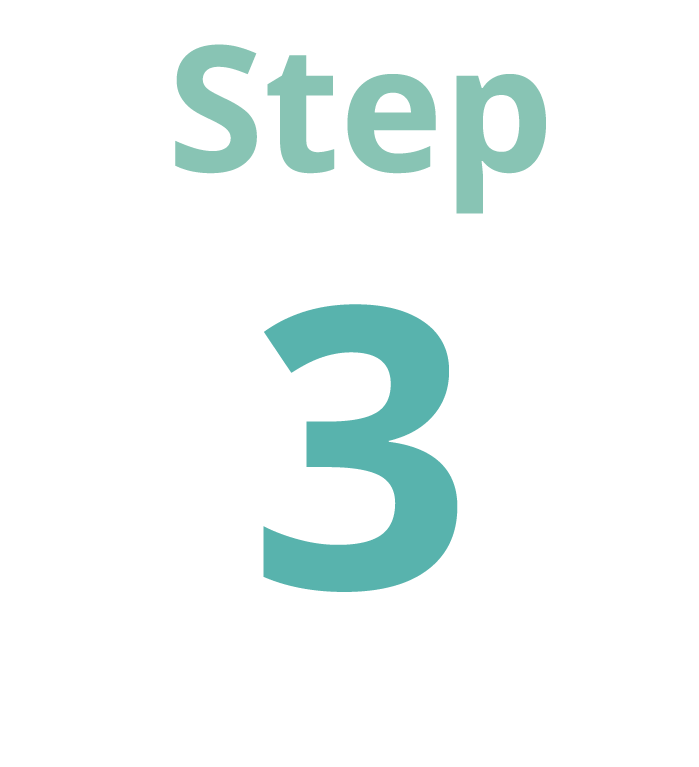
Most of our iterative tests can be performed during the course of a week. For a small sample size and a simple digital platform, we can perform the tests on Monday and Tuesday, extract data for analysis on Wednesday, and give you a report on Friday. You are welcome to join us during the testing process.
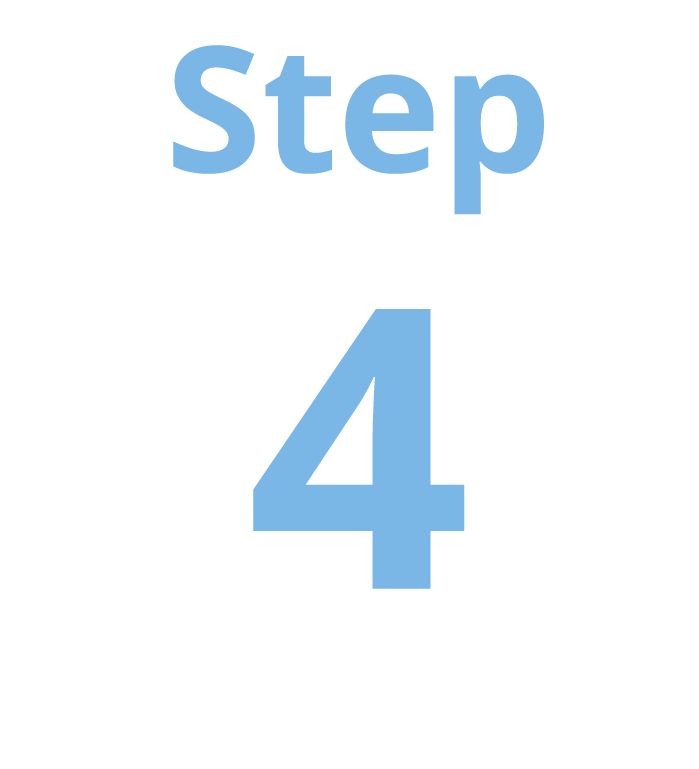
We will give you a report of the results and walk you through the findings step-by-step. When testing various versions of a product, we recommend which version to move forward with. When running exploratory tests, we recommend high-impact investment areas to improve your platform, physical space, or human interaction. Your team receives the raw data sets, so you can keep working with the findings.
When to include neuroscience in your projects?
Meet our Leaders
Key contacts



